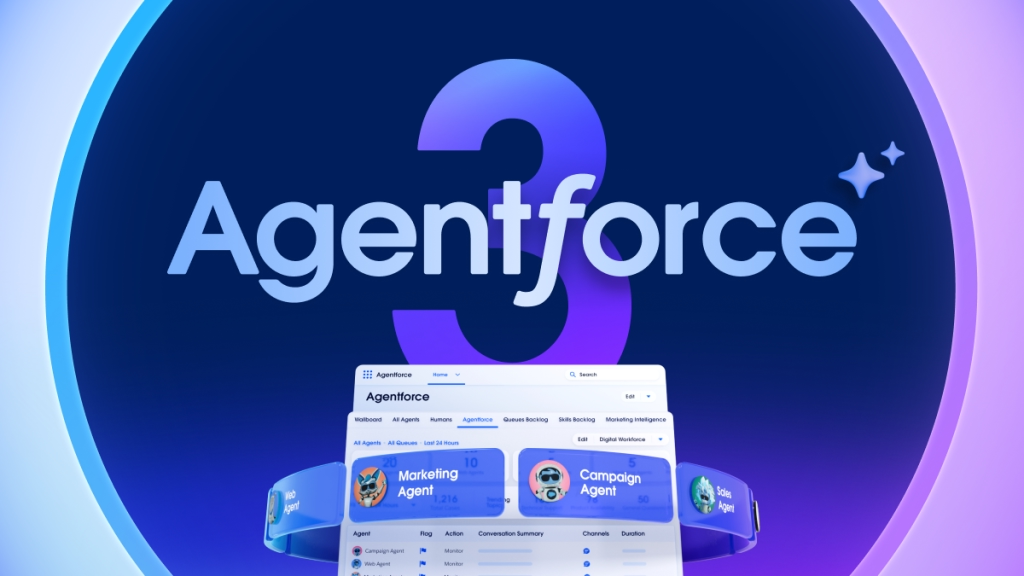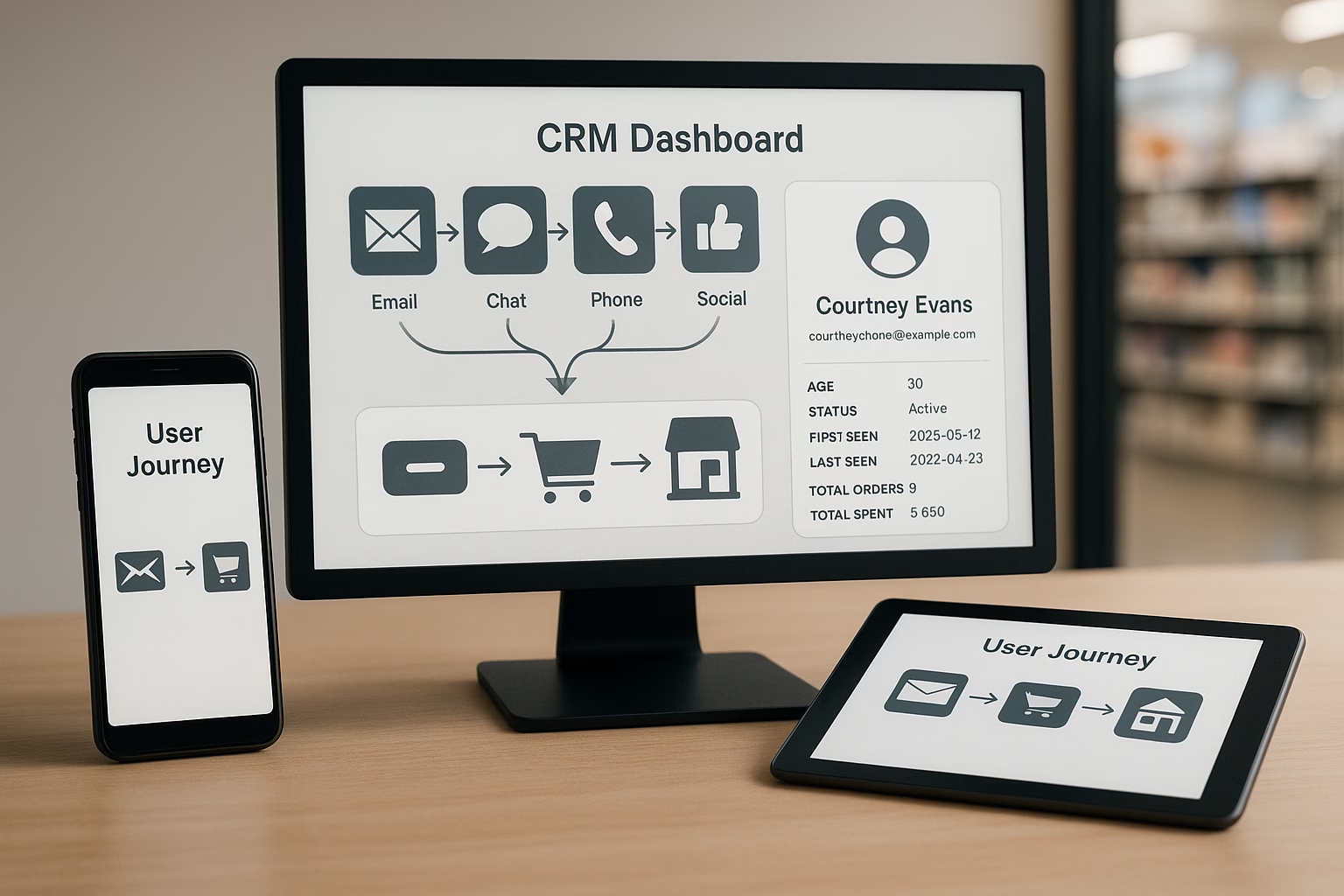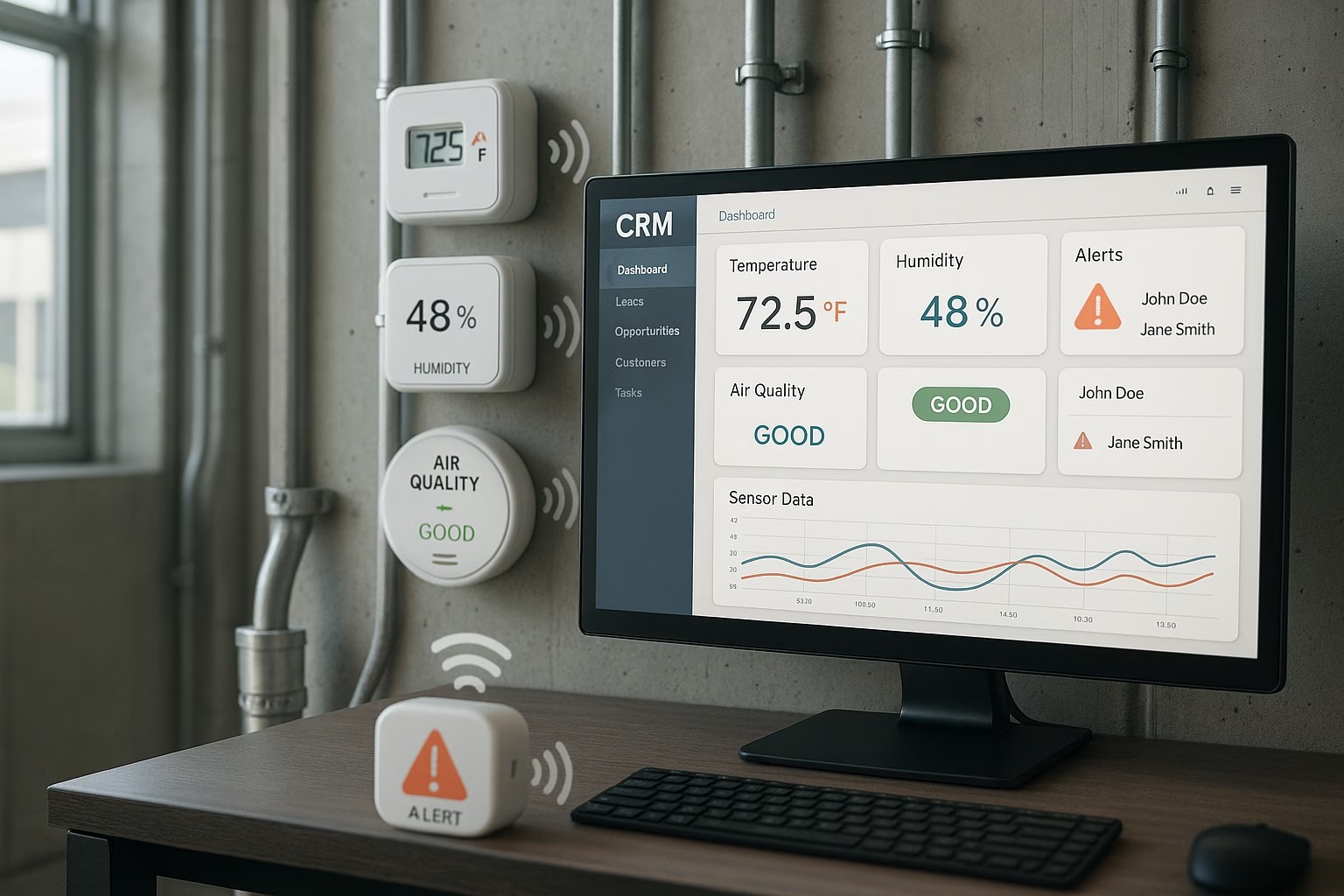You rely on your CRM to tell you what is real. Pipeline, customers, renewals, next best actions. If the data in it is wrong or stale, every decision slows down. The system can be full of fields and reports, yet you feel the hesitation in meetings when everyone begins by asking whether the numbers are true. That hesitation is a tax on growth, and you pay it every day until the data becomes reliable.
CRM data accuracy strategy for leaders
You already have dashboards and reports. The competitive advantage comes from whether those outputs reflect reality at the moment you use them. In most teams about 33% of contact and account data goes out of date every year. In many organizations more than 70% of users say that less than half of their CRM is fully accurate. Roughly 37% of your peers and competitors have already seen revenue loss tied to poor data quality. You do not need exact figures to see the pattern. If your CRM drifts from reality, your planning, your campaigns, and your capacity model drift with it. Your role is to create the conditions where accuracy persists. That means fewer fields that actually matter, clear definitions that are hard to misinterpret, and visible ownership so people know who keeps each truth alive.
Improve sales forecast accuracy with clean CRM data
You want review time to focus on choices, not detective work. When records are current, forecast accuracy often improves by up to 42%. Teams routinely regain more than 30% of productive time because they spend less energy correcting inputs and more time engaging customers. Conversion rates frequently climb two to three times once duplicate and dead records are cleared from the funnel. Revenue lift around 29% is common when clean data underpins execution across sales, marketing, and customer success. These gains compound because everyone is looking at the same truth. Handoffs tighten, timing improves, and cycles compress because there is less friction to clear.
Reduce CRM data decay, duplicates, and zombie fields
You have seen zombie fields. A field exists, but no one maintains it. Lead source is unknown. Industry labels are inconsistent. Buying role is missing on key contacts. Activity history is scattered across duplicates. The CRM appears rich but behaves like a funhouse mirror. The danger is not only the obvious errors. It is the confident decisions you make based on patterns that are no longer real. The fix is not more fields or more dashboards. It is meaning and ownership. Every field should have a reason to exist, a clear definition, and a named steward. If a field is not used to make a decision, remove it. Simpler models are easier to keep true, easier to adopt in new teams, and easier to scale across markets. Expect drift and design for it. If 33% of data will age out each year, set a cadence that brings the critical facts back to truth before they matter for a forecast or a renewal.
CRM data governance in a scaled agile organization
Scaled Agile depends on transparency. Inspect and adapt only work when what you inspect is true. Program Increment planning improves when opportunity data and capacity views match the market. Agile Release Trains stay aligned when value streams read the same account truths. With accurate data, team metrics become commitments that leaders can stand behind. Stakeholders stop asking for a personal version of every report because the shared view is trusted. Treat data health like uptime. Build a light routine that rides along with existing ceremonies so quality rises without adding weight. Prepare truth before PI planning. Verify roles and next steps during team reviews. Surface data freshness alongside velocity so accuracy remains visible in the same rooms where scope and capacity are decided.
CRM data quality metrics and a practical maturity path
Keep measurement small and sharp. Completeness for the few fields that drive pipeline and renewal. Recency of last verified contact by buying role. Duplicate rate across accounts and contacts. Stage integrity based on the presence of next step, date, and stakeholder. Drift rate, which is the share of records that change meaningfully each quarter. These signals tell you whether the data still reflects reality and where coaching will pay off. Use a simple maturity path. First, dependable basics. Make account hierarchy, primary contacts, buying role, segment, and stage definitions unambiguous, and ensure those five elements are complete and current for every open opportunity and for every customer inside two upcoming renewal quarters. Second, consistent motion. Connect capture points so that web forms, sales notes, and success updates land in the same canonical fields. Add lightweight alerts that surface stale records and missing roles before forecasts close. Third, predictive clarity. With accurate history, your propensity models and health scores stop guessing and begin to guide. Win reasons, loss reasons, and multithread depth become signals you trust in planning and in daily execution.
How to operationalize accuracy without adding burden
You cannot buy clean data. You build it into how you operate. Define standards for the few fields that truly drive revenue, renewal, segmentation, and forecasting, and publish those standards in plain language inside the tools people already use. Make completion and recency visible so teams see what is missing before it hurts outcomes. Design inputs that prevent errors at the source by preferring structured choices over free text, validating domains and roles on entry, and making the critical values required at the moment of handoff rather than as an afterthought. Create a cadence that mirrors agile rituals. A weekly opportunity sweep that verifies next steps and timing. A monthly quality standup for the top accounts where owners confirm stakeholders, health, and risks. A quarterly merge and archive window to collapse duplicates and retire fields that no longer support decisions. Enrich only where enrichment changes an action. Tie data care to the benefits that teams feel. Faster deal cycles, fewer bounced campaigns, earlier risk detection. When people see the payoff in their results, stewardship becomes habit.
What this unlocks for finance and product
When CRM truth improves, finance plans on a firmer base. Pipeline coverage targets stop inflating to compensate for noise, revenue pacing becomes a discussion of mix rather than hope, and board updates shift from caveats to clarity. Product teams get better signal from the field because win reasons, loss reasons, and request themes are coded consistently. That elevates backlog choices and aligns the roadmap with revenue reality. Accurate CRM data is not a sales-only concern. It is connective tissue for the whole company.
Want a quick, concrete Example? OK:
A growth stage software company entered a new region with strong top of funnel but flat conversion. The team assumed message fit was the issue. A focused accuracy sprint told a different story. Only 58% of opportunities had an identified economic buyer, 41% had mismatched industries due to a legacy picklist, and 24% of contacts belonged to domains that had changed in the previous year. After thirty days of stewardship, enrichment where it changed actions, and stricter capture at handoff, demo to close increased from 17% to 26%, forecast accuracy moved from 54% to 74%, and the region hit plan without changing creative or adding headcount. The shift came from truth, not volume.
CRM data retention policy that protects trust and accelerates work
Treat retention like you treat uptime. Keep only what you can justify, for only as long as it is useful, and make deletion as deliberate as capture. Data decays by about 33% each year, so your policy should assume drift and design for renewal or removal. Define how long you keep non-customers who never engaged meaningfully, how long you keep leads that never converted, and how long you retain personal data after a contract ends. As a practical baseline, archive records that have seen no activity for 18 to 24 months and remove personally identifiable information at contract closeout unless law or accounting standards require longer. Keep lawful basis and consent dates visible on the record so anyone can see why you store a field and when it expires. Build a small set of reviews into your operating rhythm so retention happens continuously rather than as a one-off clean up. When your system keeps only data that is current, consented, and useful, forecasting sharpens, risk drops, and teams move faster because nobody is second-guessing whether they should even be holding the information they are looking at.
In Salesforce you can enforce retention through Flow and Scheduled Apex with field level last-verified dates, in Microsoft Dynamics 365 through Power Automate and data lifecycle rules, and in HubSpot through workflows, marketing contacts, and property-based purge rules so the policy is automatic and auditable inside the CRM your teams live in. At Sirocco, we implement these guardrails directly within the systems you already use, so accuracy and retention travel with your workflow, rather than being relegated to a policy document.
Your next steps are critical
Start with the truth that matters most. Identify the small set of fields that drive pipeline, forecast, renewal, and executive reporting. Audit just those first and publish a single source of definitions. Measure completeness, recency, duplication, and consistency by team and segment and share those results without drama. Assign a steward for each field and a single accountable owner for each critical account. Close the loop by embedding checks into the moments where data is created and updated so quality rises at the source. Then expand to the next ring of fields. You will see momentum quickly. Review meetings shift from arguing about numbers to choosing actions. Campaigns tighten because segments are real. Customer success arrives early to risks instead of late to escalations. Confidence returns because the system tells the same story to everyone.
You want outcomes, not another tool to manage. Our Sirocco CRM experts work with your teams to define the few fields that drive decisions, design inputs that prevent drift, and set a light routine that keeps data current. We align this with your Scaled Agile cadence so quality checks ride along with planning and review, not around them. That means field stewardship rolls into Program Increment preparation, accuracy checks run alongside team reviews, and data health is visible in the same rooms where priority and capacity are decided. The result is a CRM that people trust and use, a planning rhythm that accelerates, and a growth engine that runs on reality instead of assumption. If your CRM feels like a burden instead of a backbone, begin with a focused accuracy sprint on your active opportunities and top accounts. Clean what matters, prove the lift, and scale the practice. You do not need perfection to feel the difference, you need truth that stays true. Want to learn more?
LinkedIn caption: Your CRM can be full and still not tell you the truth. About 33% of data goes out of date every year, many teams admit that less than half of their records are accurate, and roughly 37% have already lost revenue because of it. First, fix accuracy, and forecast reliability jumps. Productive time rises by 30% or more, and conversion rates often improve dramatically. Here is how to build trustworthy data into daily work and turn your CRM into a real growth engine.










